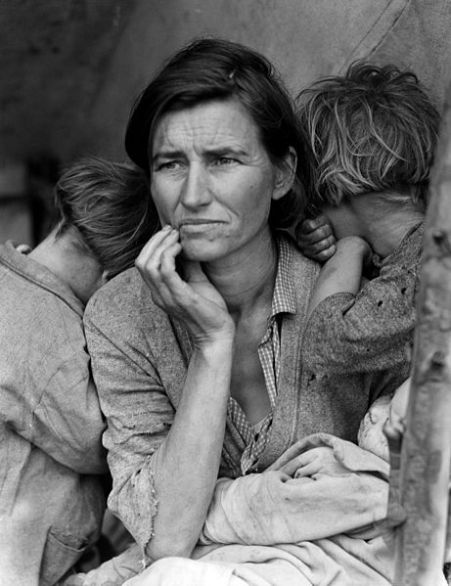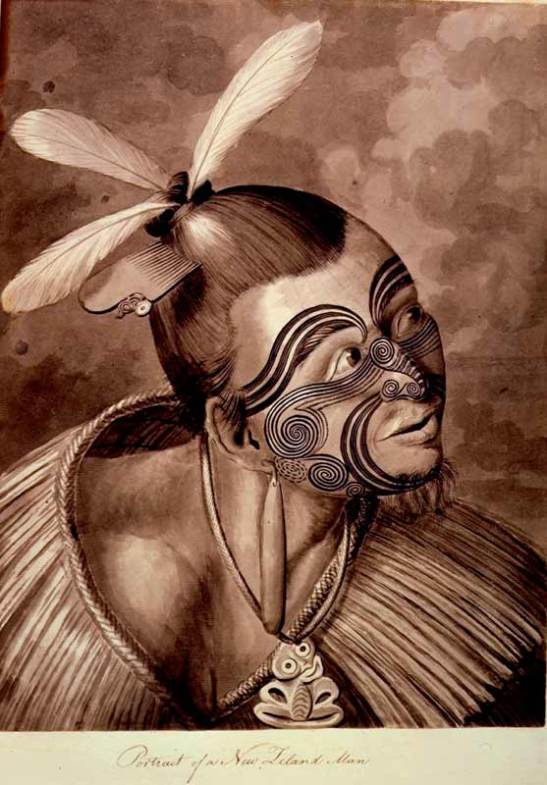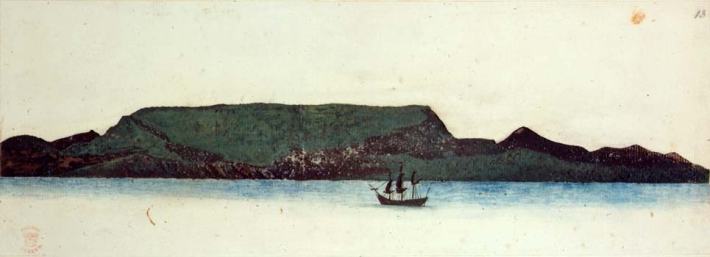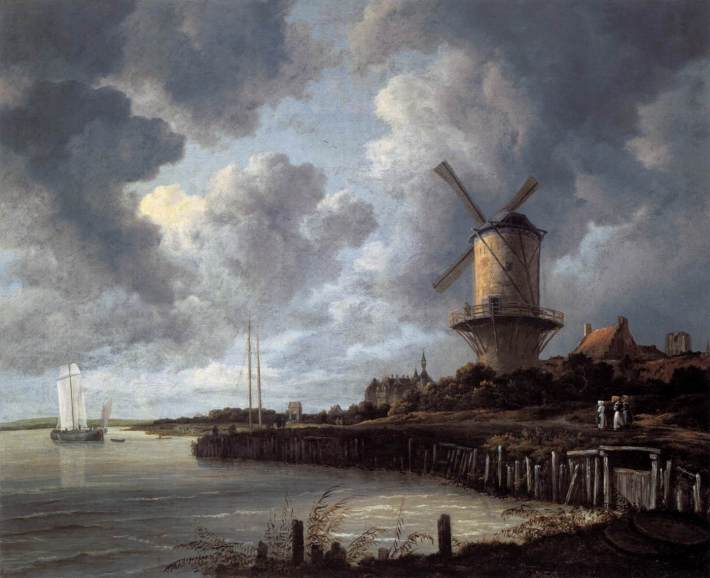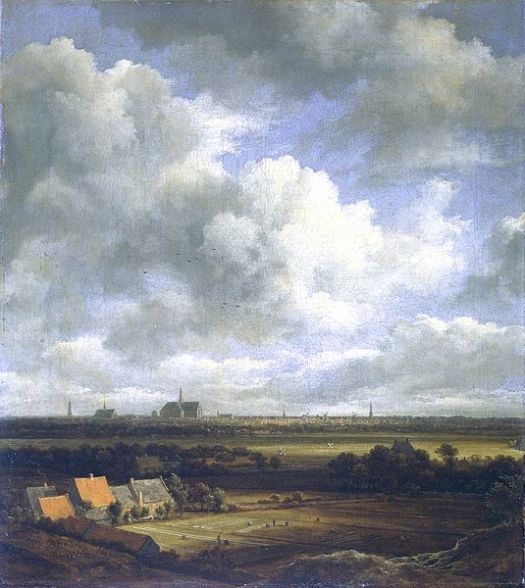When looking to do the second Non-Western blog, it came down to the two African artists: Jean-Jacques Efiaimbelo of Madagascar and Willie Bester of South Africa. While Bester’s art was more appealing to my eye, I made a certain connection to Jean-Jacques Efiaimbelo’s piece seen bellow.
Although it has no title, the piece was created by Efiaimbelo in 1992. Let us first look at the artist before I explain what my connection to the piece is.
Jean-Jacques Efiaimbelo, born 1925 in Androka, Madagascar, the same place which he lived and worked until his death in 2001. Most of his work is rooted with deep cultural meaning as his specialty, as seen above, was creating funerary steles called aloalos. These aloalos serve as grave markers at tomb sites in Madagascar and Efiaimbelo is said to be the first artist to create these for decorative purposes only. Traditionally these aloalos are created to serve a particular memory of the deceased while also serving as reminders for the era which the person had lived. There is not much else to be found on Efiaimbelo unfortunately, therefore, onto why I chose this piece.
Ultimately I chose this piece because I am a wanna-be pilot, and will hopefully have my private license by mid-summer. The airplane which sites on top of the piece speaks the freedom of the blue sky and the vast amounts of great land which can be seen flying above the tree tops. It reminds me of flying, freedom, and the goals which I am pursuing in aviation. After finding out more about the piece, why it was constructed, etc, it means even more to me. I have a great appreciation to aviators the have come before me, and if this was for more than decorative purposes, it would have served as a monument for one of those many aviators. It is a love and a passion that small amounts of people actually get to experience, and for me this aloalos, serves as a reminder of that.
Work Cited:
“Jean-Jacques Efiaimbelo.” CAACart . N.p., 22 Apr 2013. Web. 22 Apr 2013. http://www.caacart.com/pigozzi-artist.php?i=Efiaimbelo-Jean-Jacques&bio=en&m=45
Efiaimbelo, Jean-Jacques. Unknown. 1992. http://www.caacart.com/pigozzi-artist.php?i=Efiaimbelo-Jean-Jacques&m=45&s=383

